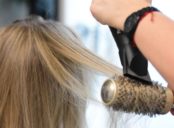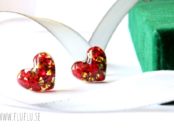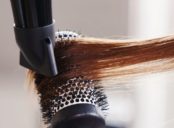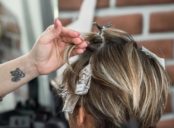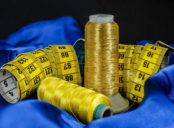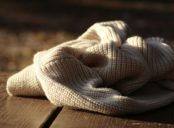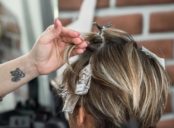Concealer Best in Test: Unveiling the Secrets Behind the Perfect Cover-Up

Introduction:
In the world of makeup, concealers play a crucial role in creating a flawless complexion. Finding the best concealer can be a daunting task, considering the plethora of options available. In this article, we will provide a comprehensive overview of ”concealer best in test,” including its types, popularity, quantitative measurements, differences between various products, and a historical analysis of their pros and cons.
1. Understanding ”Concealer Best in Test”:
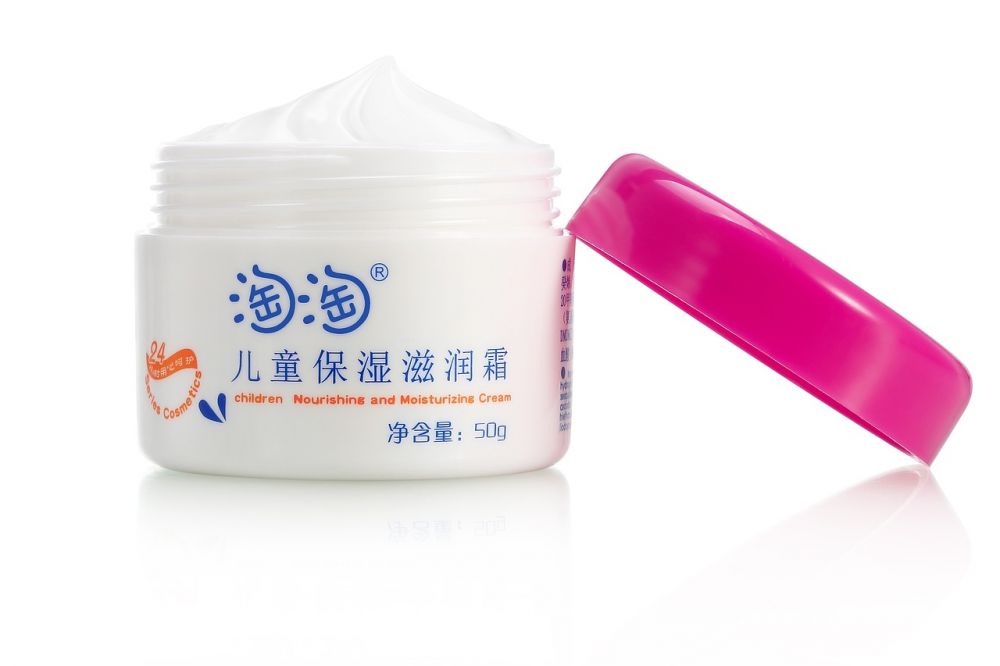
Concealer best in test refers to the top-rated concealers that have undergone rigorous testing and come out as the superior options for achieving effective coverage. These concealers are highly regarded for their ability to camouflage blemishes, dark circles, and other imperfections.
2. Types of Concealers and Their Popularity:
a) Stick Concealers: These solid formulas are convenient to apply and are generally suitable for achieving medium to full coverage.
b) Liquid Concealers: Known for their versatility, liquid concealers offer light to medium coverage and can be easily blended into the skin.
c) Cream Concealers: With a thicker consistency, cream concealers provide heavy coverage and are often used for stubborn blemishes or discoloration.
Popular concealers include brands like NARS Radiant Creamy Concealer, Tarte Shape Tape Concealer, Maybelline Fit Me Concealer, and Urban Decay Naked Skin Weightless Complete Coverage Concealer.
3. Quantitative Measurements:
Concealers are often assessed based on several factors, such as opacity, longevity, blendability, and shade range. Opacity is crucial to ensure seamless coverage, while longevity determines the staying power of the concealer throughout the day. Blendability refers to the ease of blending the concealer into the skin for a natural finish. An extensive shade range ensures that individuals of different skin tones can find their perfect match.
4. A Discussion on Differences Among ”Concealer Best in Test”:
The differences among concealers lie in their formulas, coverage levels, and intended usage. Some concealers may focus on providing a more lightweight, natural finish, while others prioritize heavy coverage for intense blemishes. Additionally, formulations may vary to accommodate specific skin concerns, such as dryness, oiliness, or sensitivity.
5. A Historical Analysis of Pros and Cons:
a) Pros:
– Enhanced coverage and ability to hide imperfections effectively.
– Improved formulas designed to cater to various skin concerns.
– Extensive shade ranges to accommodate diverse skin tones.
b) Cons:
– Difficulty in finding the perfect shade match.
– Some concealers may accentuate fine lines or dry patches.
– Limited longevity, causing the need for touch-ups throughout the day.
Conclusion:
Concealer best in test is more than just a buzzword; it represents the highest quality concealers that have proven their effectiveness in achieving flawless skin. By understanding the different types, quantitative measurements, and historical pros and cons, individuals can make informed choices when searching for their go-to concealer. Remember, the perfect concealer is the one that not only covers imperfections but also enhances the natural beauty of the skin.

